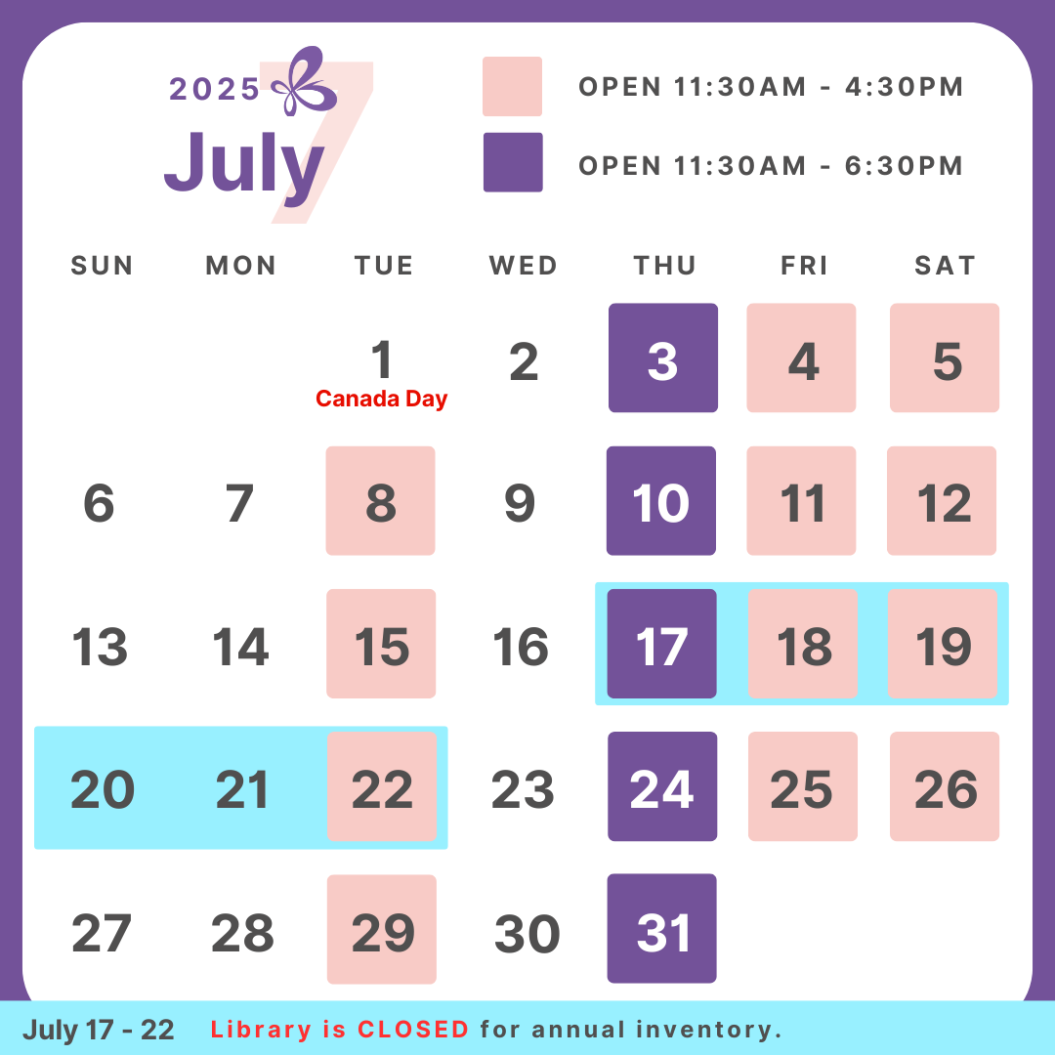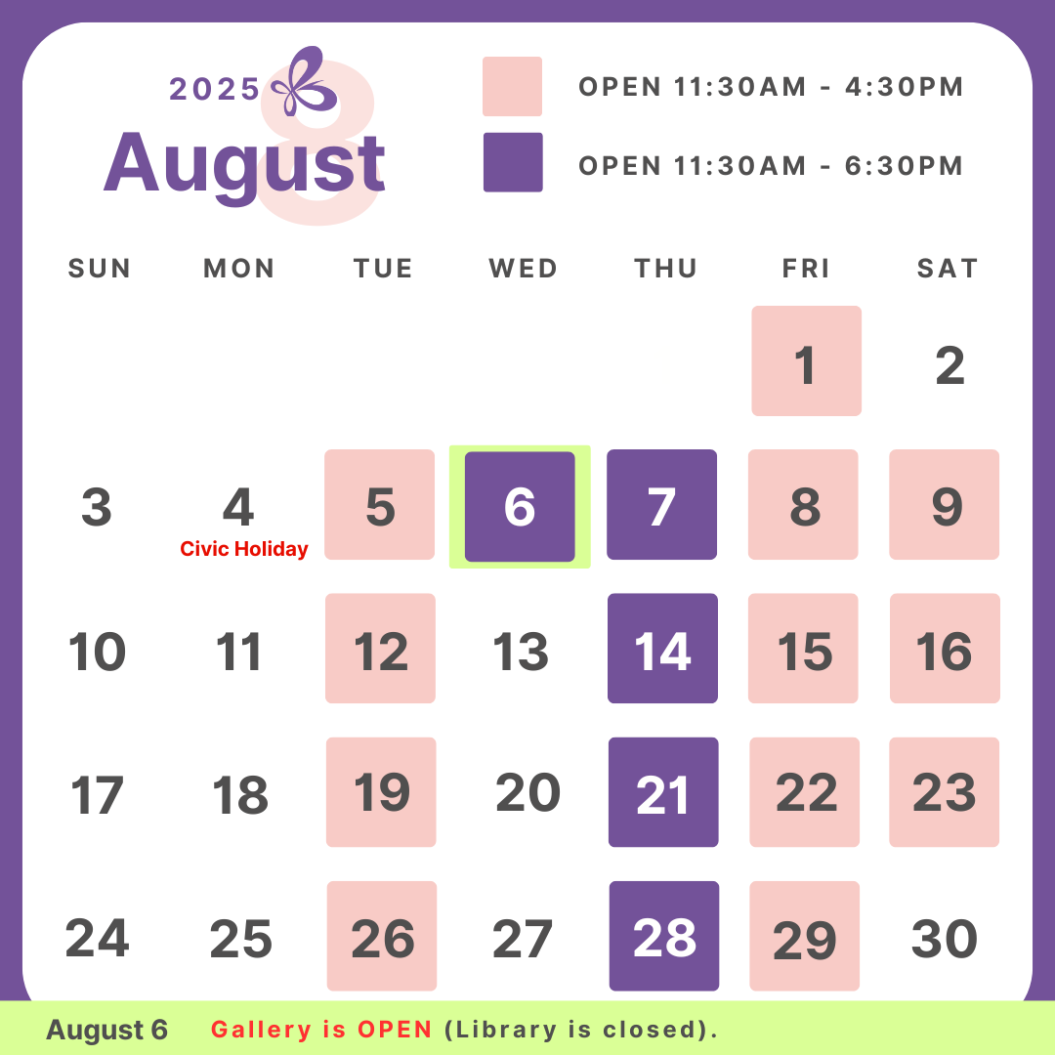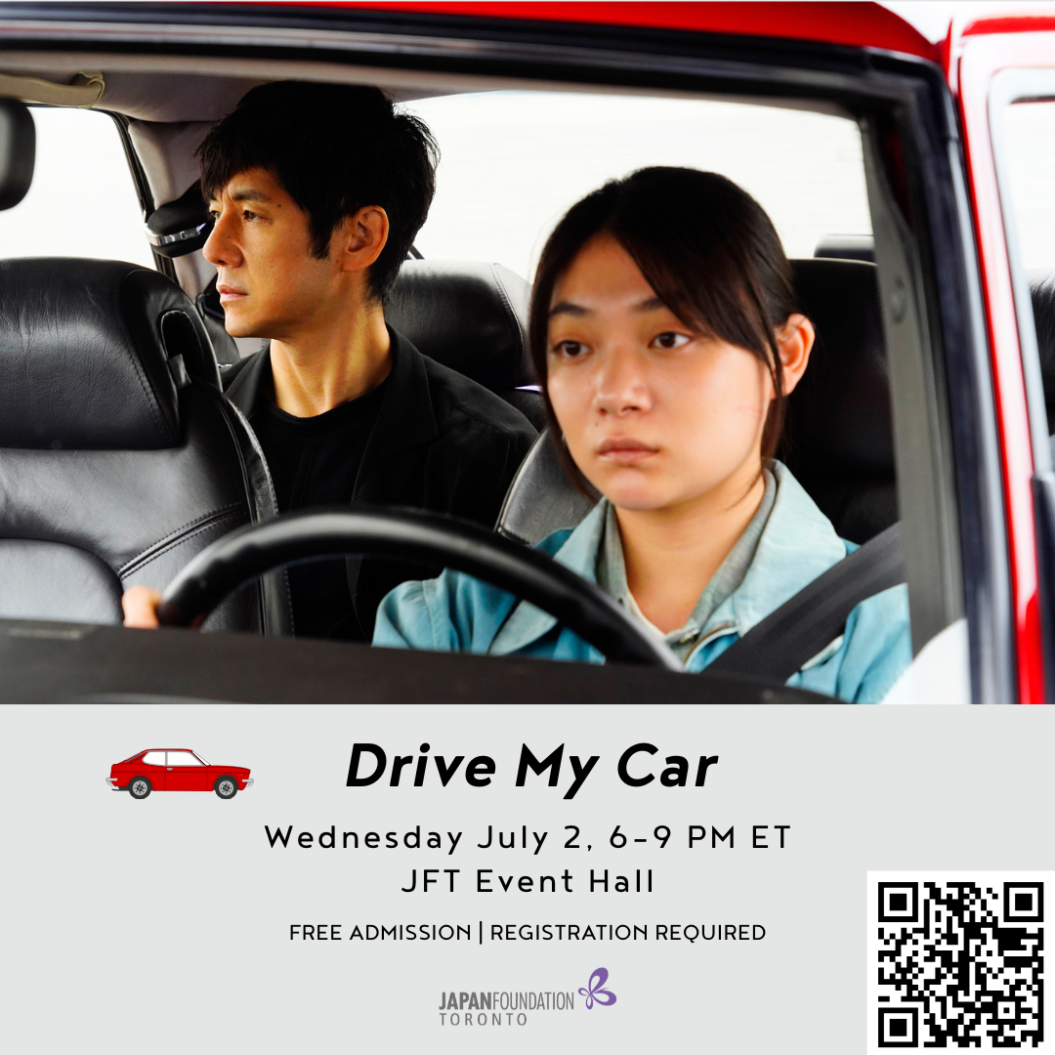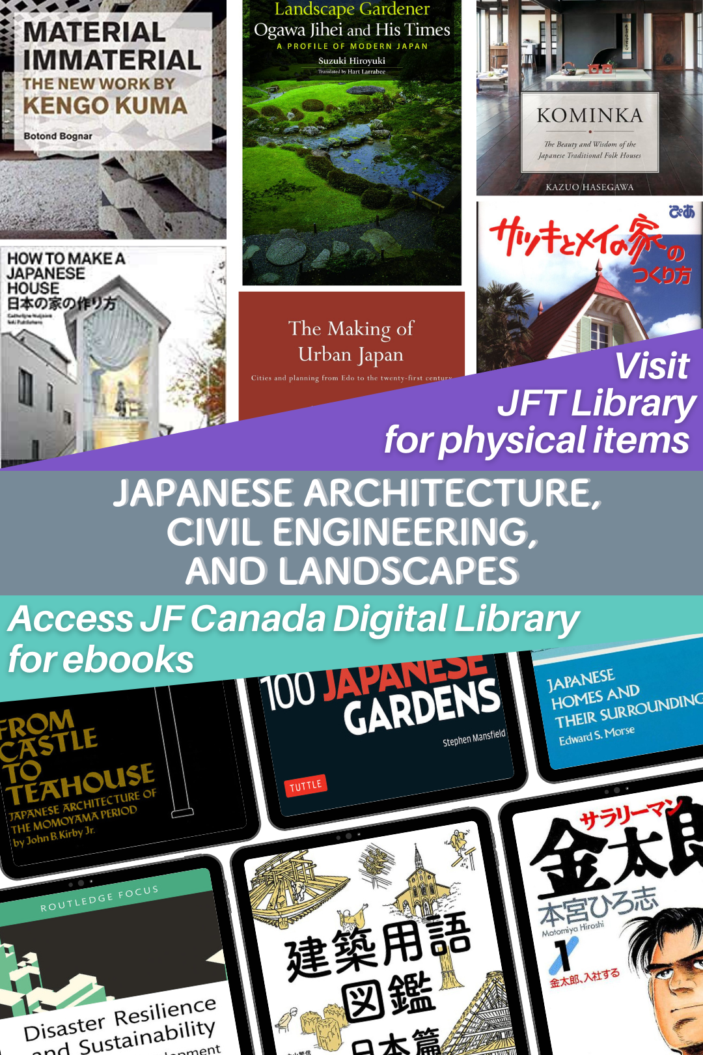
Architectural Photography Exhibition
「構築環境-もうひとつの日本ガイド」建築写真展
The exhibition features 80 examples of buildings, civil engineering works and landscapes, etc., from all of the prefectures in Japan, which are introduced through photographs, text and video images. It presents a rarely considered aspect of Japan, taking the built environment of the various regions of a country that is geographically diverse and often struck by natural disasters, with the aim of examining how Japanese people have engaged and struggled with the natural environment and how they have carried on and created locality.
日本の各都道府県に現存する建築、土木、ランドスケープなど80 点を取り上げ、写真とテキストと映像で紹介する。地理的に多様で、多くの自然災害に見舞われてきた日本において、人々が自然環境とどのように対話し格闘してきたか、どのように地域性を継承し創造してきたかという観点から、日本各地の建造物を取り上げる。従来あまり紹介されてこなかった日本の一面を紹介する、「もうひとつの日本ガイド」。
Notice: Limited Access for this Exhibition
Due to the installation layout, hallway space for this exhibition is limited, which may make access challenging for wheelchair users and those with mobility equipment. We sincerely apologize for any inconvenience and appreciate your understanding.
Admission: FREE
Gallery Hours: Open on Tuesdays, Thursdays, Fridays, and Saturdays. Hourly timeslots starting at 11:30 AM, 12:30 PM, 1:30 PM, 2:30 PM, 3:30 PM (4:30 PM and 5:30 PM on Thursdays)
August 6 (Wednesday): Special Open-to-public for the eightieth anniversary from 11:30 am to 6:30 pm (Library is closed)
Closed on select days: April 18 – 21 (Easter Closure), May 17-19 (Victoria Day weekend), July 1 (Canada Day)
Exhibition Period: March 13 – July 15, 2025
Advanced, time-specific reservation is recommended. Hand-sanitization at the entry and wearing face-coverings on our premises are recommended.
Library & Gallery Opening Hours
| Monday | CLOSED |
| Tuesday | 11:30am to 4:30pm |
| Wednesday | CLOSED |
| Thursday | 11:30am to 6:30pm |
| Friday | 11:30am to 4:30pm |
| Saturday | 11:30am to 4:30pm *Closed on select Saturdays |
| Sunday | CLOSED |


Related Programming:

Drive My Car (film screening)
Wednesday July 2, 6:00 PM – 9:00 PM (ET)
Directed by HAMAGUCHI Ryusuke • 2021 • Drama • 179 minutes • Presented in Japanese with English subtitles • Trailer
Based on MURAKAMI Haruki’s 2014 short story of the same name, Drive My Car (2021) is director HAMAGUCHI Ryusuke’s Academy Award-winning masterful meditation on art, loss, and the healing power of storytelling.
Praised for its quiet emotional depth and subtle performance led by NISHIJIMA Hidetoshi and MIURA Tōko, Drive My Car is a haunting, deeply human drama that follows a theatre director grappling with grief, memory, and unexpected connection as he rehearses a multilingual production of Uncle Vanya in Hiroshima.

Journey Through Japan’s Built Heritage with JFT Library’s Curated Collection of Books and Films!
Are you planning to visit or have already been fascinated by the JFT Gallery’s exhibition Built Environment: An Alternative Guide to Japan? To enrich your cultural journey, we have curated library item lists on Japanese architecture, civil engineering, and/or landscapes, including physical books and ebooks/audiobooks, manga, films, and more! Whether you are doing research on possible places to visit in Japan, eager to learn about the rich history and artistry behind the fascinating built heritage, or curious about the unique role they play in fictional stories, our collection has something for everyone. These curated library items are currently on display in our library, located right next to the gallery.
Apply for a new library card or renew your expired card here.
